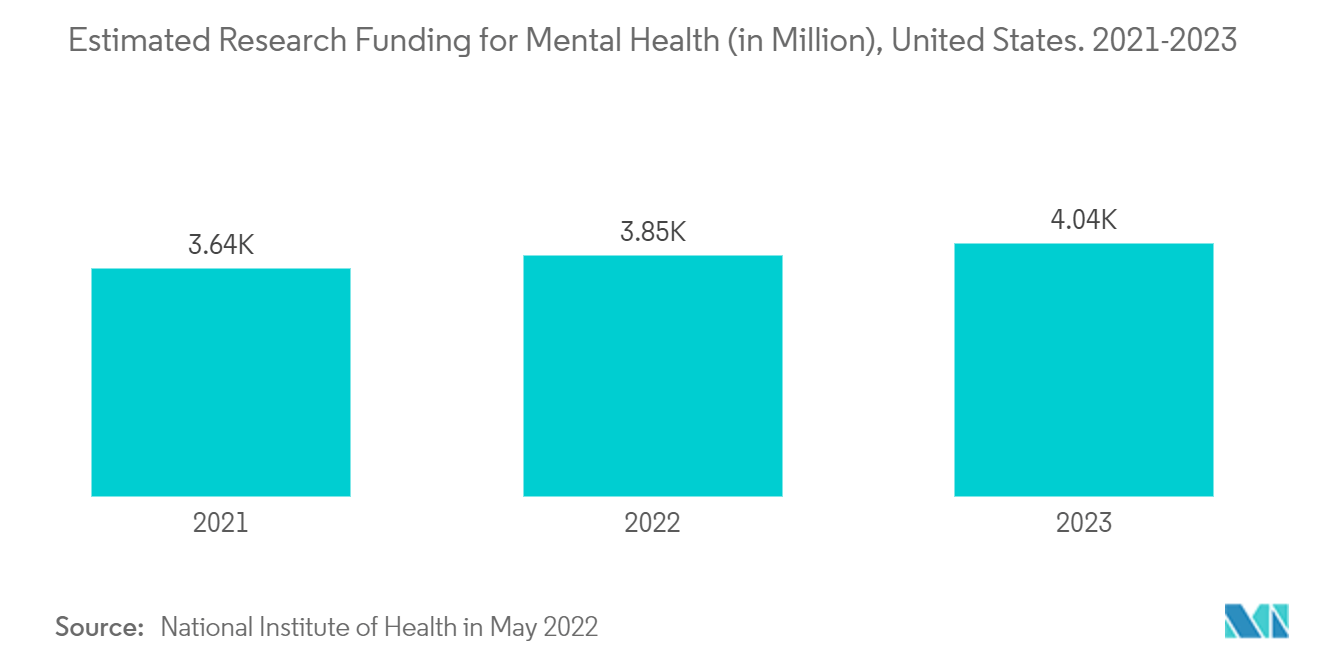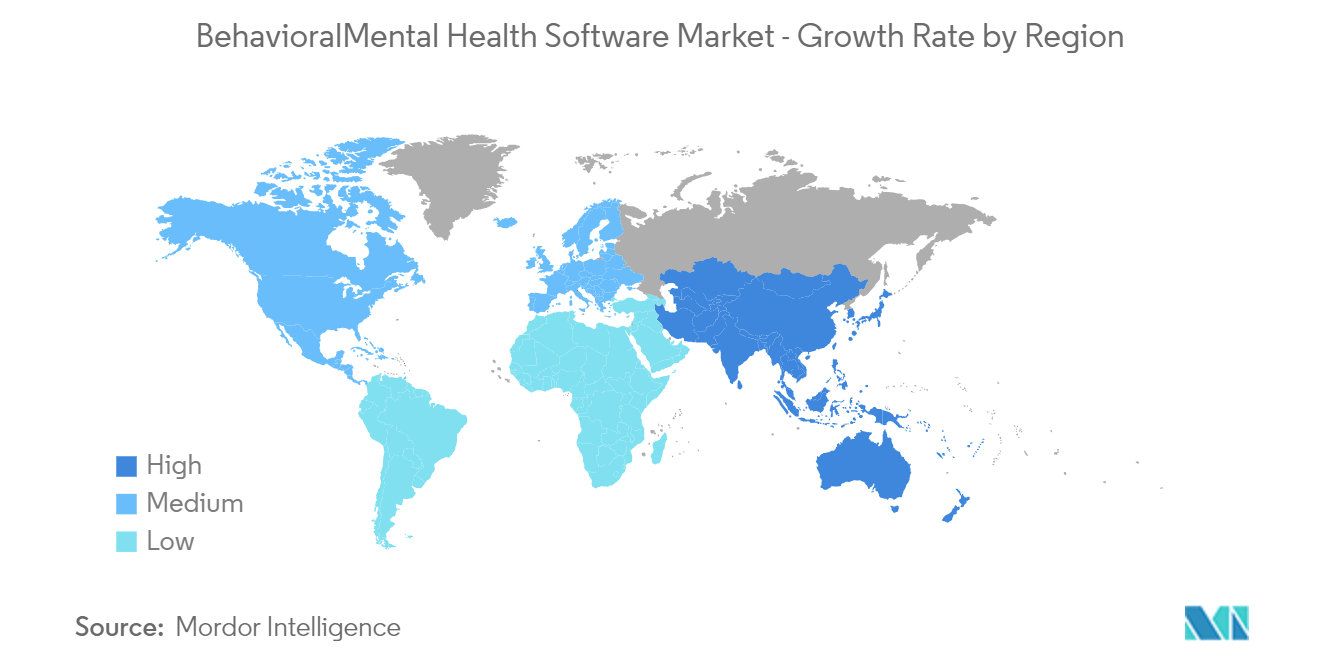Market Trends of Behavioral/Mental Health Software Industry
This section covers the major market trends shaping the Mental Health Software Market according to our research experts:
Electronic Health Record Segment Expected to Hold Significant Market Share
As per healthcare professionals, managing behavioral mental health and treating addiction is very different from dealing with family medicine practices and practices dedicated to various specialities like cardiology, oncology, or paediatrics. Adding to the complexities of behavioral/mental health and addiction medicine is the fact that organizations can be run on an in-patient basis, partial in-patient basis, or strictly outpatient basis.
Electronic Health Record (EHR) systems are becoming more common as the healthcare business moves toward digitization. Many government initiatives, including encouraging physicians to use electronic health records, investing in training healthcare information technology professionals, and building regional extension centres to provide technical and other help, are fueling the expansion of the EHR segment.
Rising product launches in behavioural health Electronic Health Records are expected to increase the adoption of these products, thereby driving this segment's growth. For instance, in February 2022, Core Solutions launched a significant update to its flagship product Cx360 behavioral health EHR system. The platform has been updated to include various new features and a more modern and efficient user interface to improve quality care and billing. Additionally, in March 2022, NextGen Healthcare, Inc. released the most recent version of NextGen Behavioral Health Suite. The suite, based on the company's award-winning NextGen Enterprise EHR and practice management system, is the platform to integrate comprehensive physical, behavioral health, human services, and dental health in a single software solution.
Thus, factors such as the advantages of EHR and product launches are expected to fuel market growth over the forecast period in this segment.

North America Expected to Hold a Significant Market Share
North America is predicted to project growth throughout the forecast period. This is due to significant market players, robust infrastructure, and the increasing burden of depression and stress. The population's adoption rate of behavioral/mental health-related software is another growth-inducing factor.
According to the National Institute of Mental Health, in January 2022, in 2020, an estimated 21.0 million adults experienced at least one major depressive episode in the United States 2020. This figure represents 8.4% of all adults in the United States. Adult females had a higher rate of major depressive episodes (10.5%) than males (6.2%). Individuals aged 18-25 had the highest rate of major depressive episodes (17.0%). Additionally, according to the Canadian Mental Health Association, in July 2021, one in every five Canadians suffer from a mental health problem or illness yearly. Thus, the growing prevalence of mental disorders is expected to rise in demand for managing mental diseases, thereby boosting demand for behavioral/mental software.
Additionally, the various strategies adopted by the key market players are expected to propel the market's growth. For instance, in April 2021, Appriss Health acquired PatientPing, which also provides care coordination software but focuses more on seniors and patients with complex needs. In February 2021, CloudMD Software & Services Inc., a healthcare technology company revolutionizing the delivery of care to patients, expanded its mental health services into the United States. Snapclarity Inc. ("Snapclarity"), CloudMD's mental health solution, is available for providers and corporations (B2B) in the United States
Hence, the growing burden of mental health-related conditions and increasing product launches are expected to fuel the market in this region.


